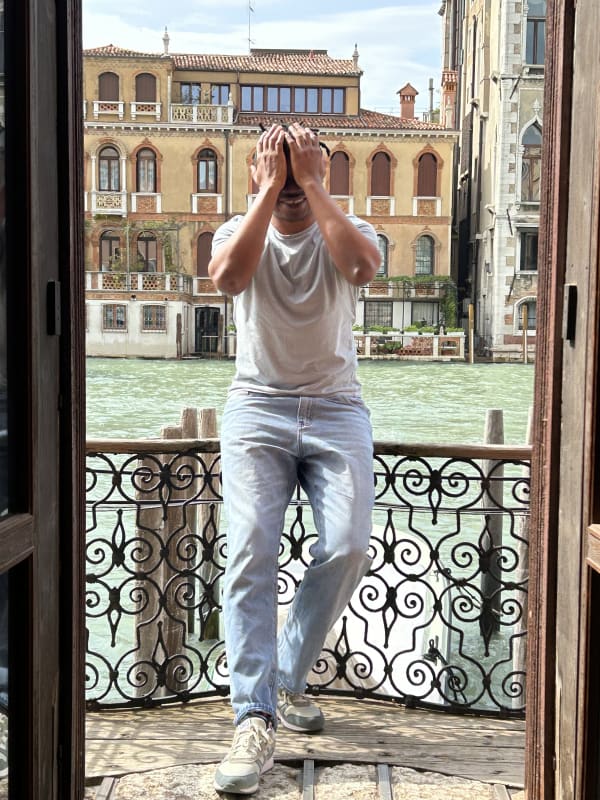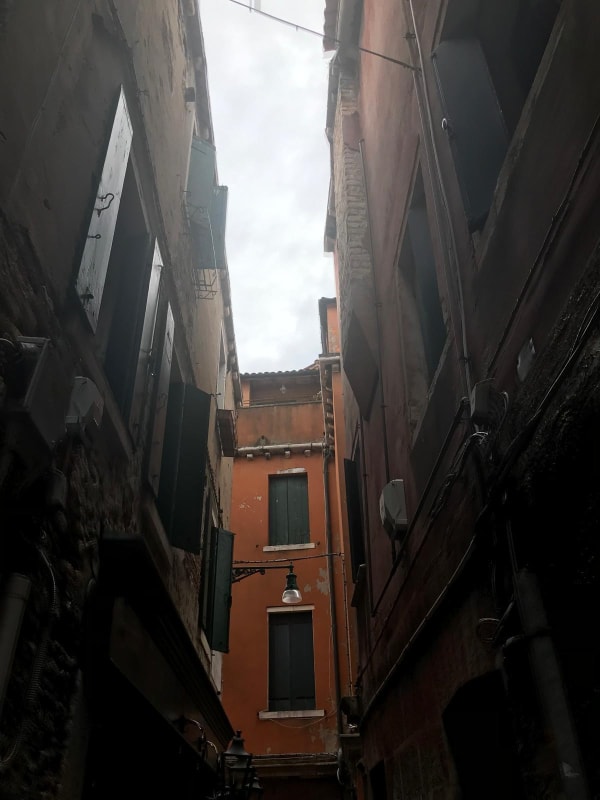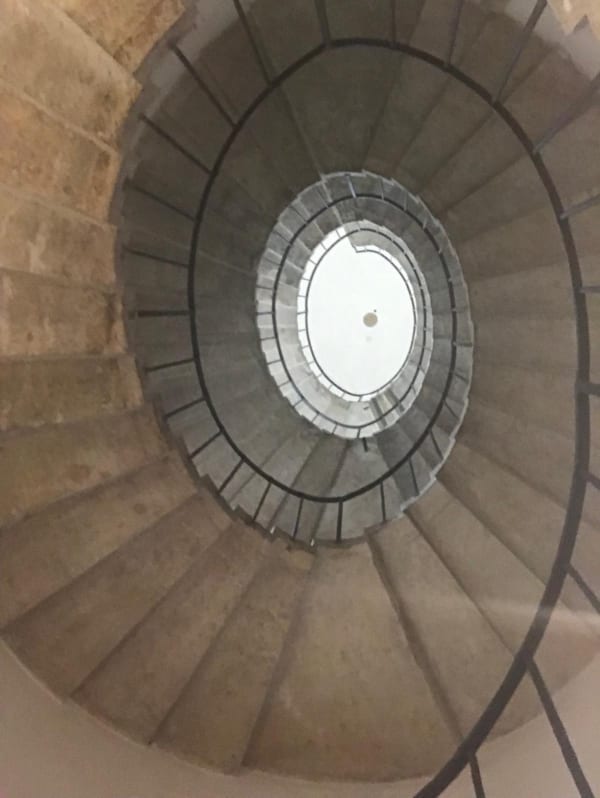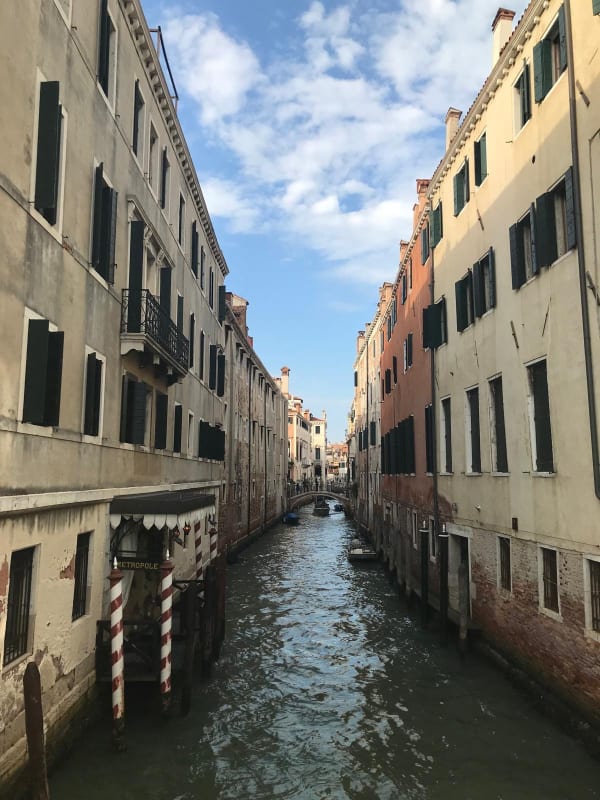Ca’ del Duca 3052, Corte del Duca Sforza
San Marco, 30124, Venezia, Italy
Tue – Sat 10am – 6pm
At the core of Beau’s initial concept is the idea of narrowness: Venice, to him, is an intimate and labyrinthine space, where the architecture and topography seem to enclose everything. The city feels confined—its canals winding through narrow streets, its buildings tightly pressed together—creating a sense of being both protected and trapped. This atmosphere resonates deeply with Beau’s work, as he explores how confined spaces, whether physical or metaphorical, reflect broader historical and social structures. In this context, Venice becomes the perfect setting for his artistic inquiry, a city whose beauty is intertwined with its sense of enclosure, much like the global systems that once confined and shaped entire cultures.

















